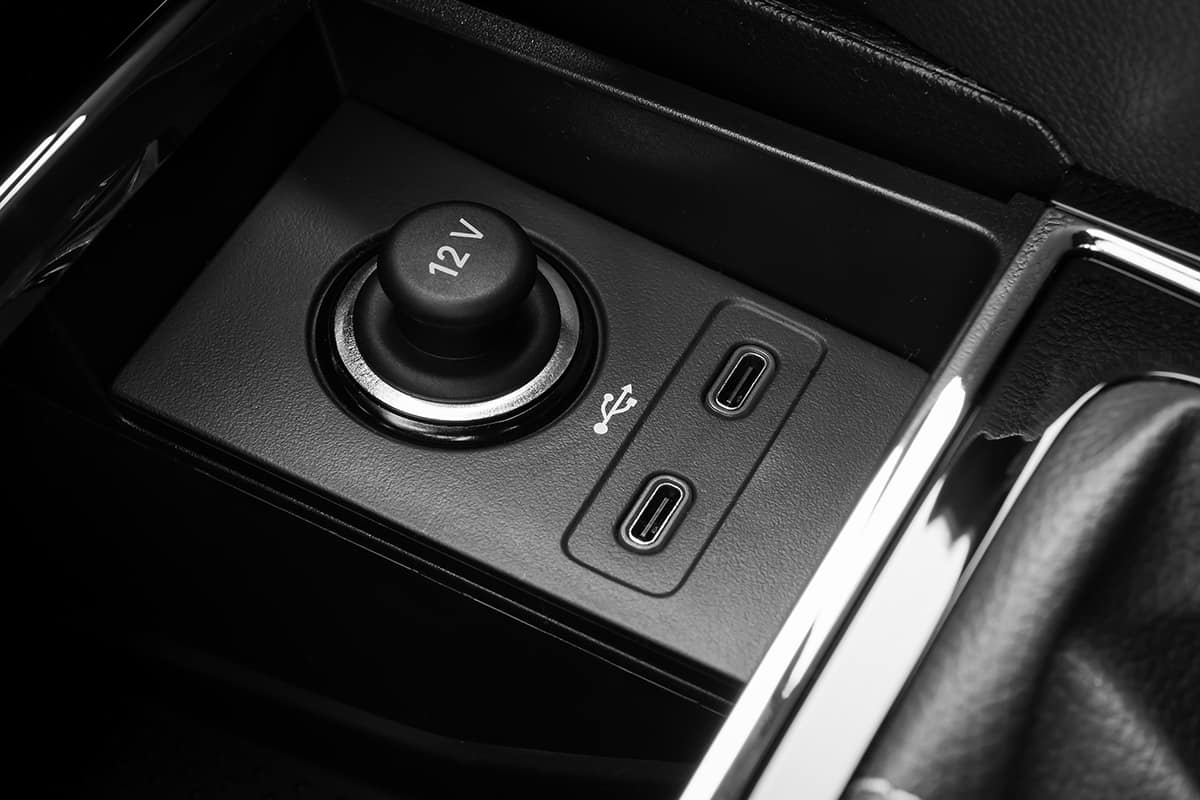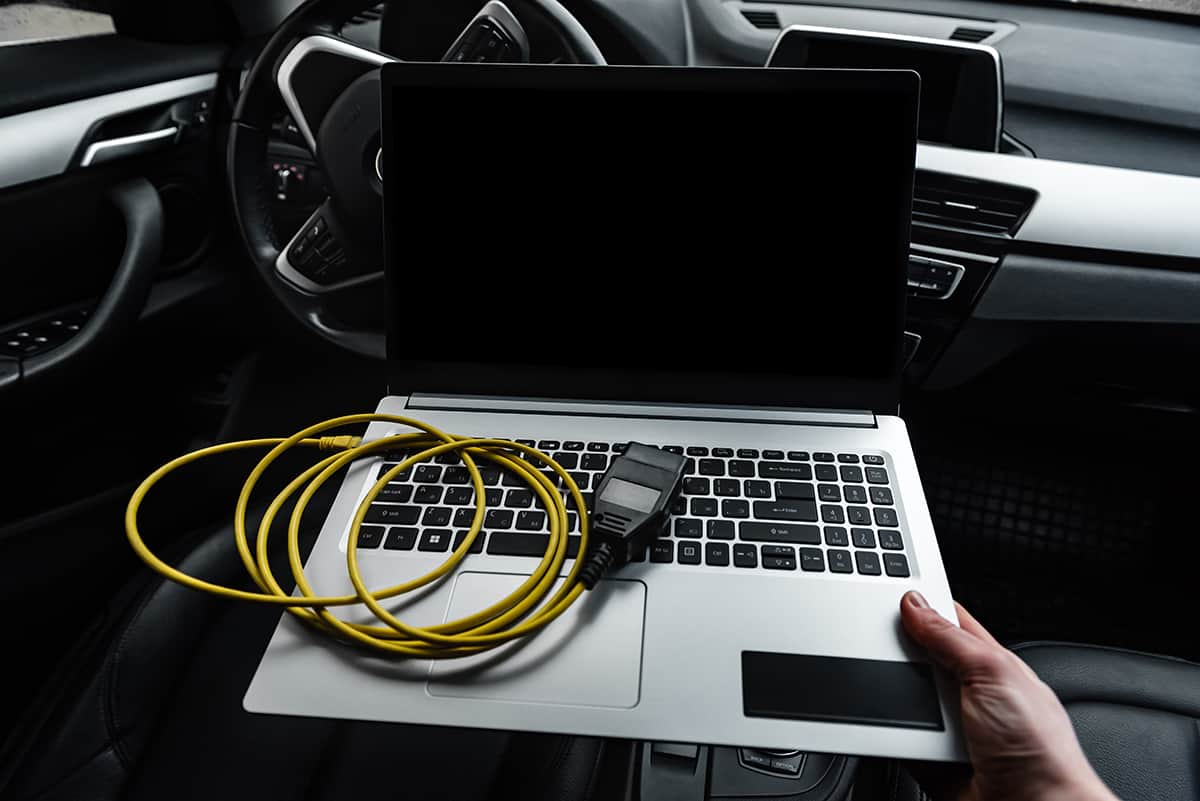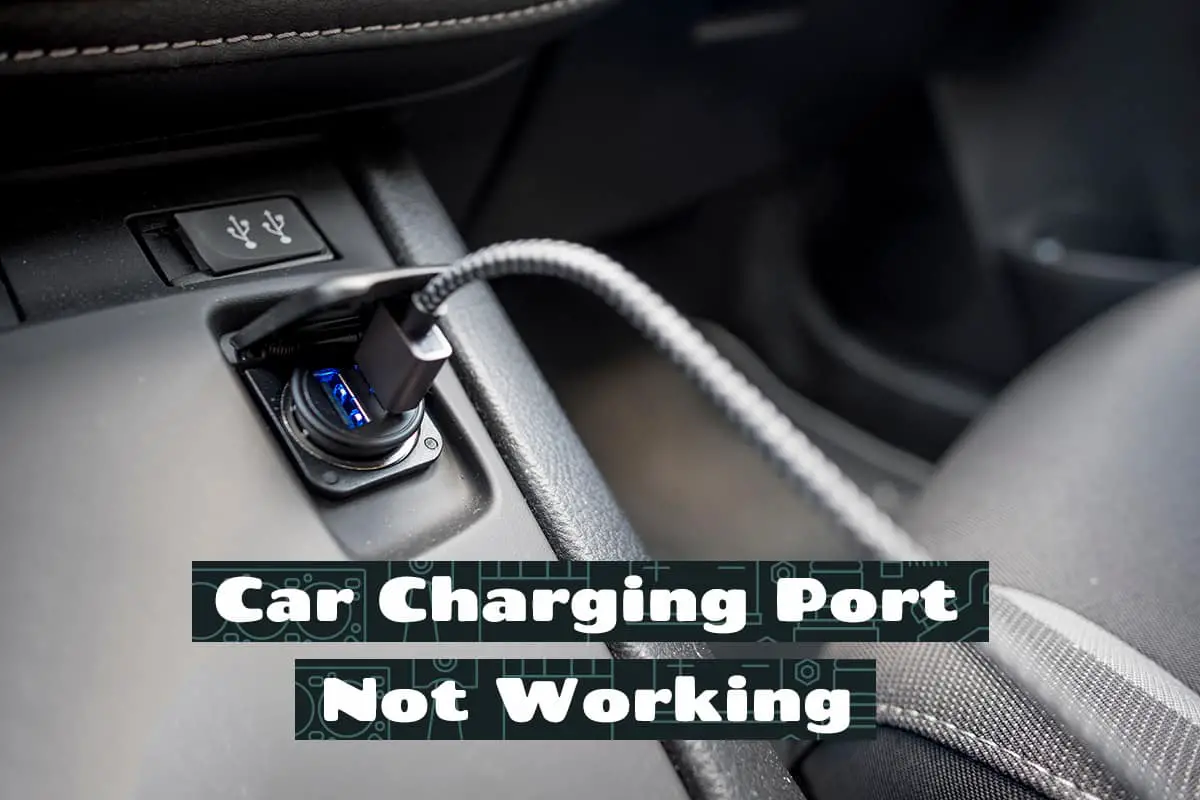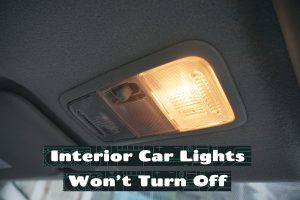For many drivers, the car’s cigarette lighter port, also known as the 12-volt power outlet, is a vital link to many devices and accessories.
Whether it’s powering your GPS, charging your smartphone, or running a portable cooler on a long journey, this handy component is often taken for granted—until it stops working. A malfunctioning cigarette lighter port can cause inconvenience, turning even the simplest tasks into frustrating challenges.
A car’s charging port can malfunction due to several reasons such as:
- Blown fuse caused by a power surge or overload
- Faulty or loose wiring that disrupts the power flow
- Foreign objects or debris inside the port
- Damaged receptacle due to wear and tear or improper use
- Electrical issues elsewhere in the vehicle that affect the power supply
This guide aims to equip you with the knowledge you need to diagnose and fix issues related to your car’s cigarette lighter port. We’ll walk you through the most common causes of malfunctions, provide a step-by-step troubleshooting guide, and share tips on maintaining the health of your 12-volt power outlet.
What Are Car Charging Ports?

A car charging port, often called a cigarette lighter port, is a type of DC power outlet found in most vehicles. Originally intended to power cigarette lighters, these ports are now more commonly used to charge and run electronic devices such as smartphones, GPS systems, or dashcams.
Car charging ports can generally be categorized into two main types: standard ports and USB ports.
- Standard Ports: Also known as the auxiliary power outlet, this type of charging port supplies 12 volts of DC power. It’s the most common type of car charging port and was traditionally used to power the car’s cigarette lighter.
- USB Ports: In response to the rise of digital devices, many cars now come with built-in USB ports. These ports provide a lower voltage (around 5 volts) more suitable for charging devices like smartphones, tablets, or digital cameras.
Common Causes of Car Charging Port Issues
The reliability of the car charging port isn’t absolute. Sometimes, you might find your car charging port not working. Understanding the possible reasons can help you diagnose and possibly fix the problem. Here are some common causes of car charging port issues:
1. Blown Fuse
A blown fuse is a common cause of car charging port malfunctions. Fuses are a type of safety device that protects electrical circuits from excessive current. They’re designed to ‘blow’ or melt when the current in a circuit exceeds the fuse’s rated capacity. This interrupts the circuit and prevents potential damage.
For the car charging port, a fuse prevents it from drawing too much current from the car’s electrical system. Overloading can occur if a device draws too much power or if there’s a short circuit in the charging port or the device connected to it.
2. Faulty or Loose Wiring
The wiring connecting the charging port to the car’s electrical system can become loose or damaged, often due to vibrations from the vehicle’s operation. If the wires are not securely connected, power may not reach the port. Similarly, if the wires are damaged, frayed, or corroded, they may not conduct electricity properly, preventing the port from receiving power.
3. Foreign Objects or Debris
The charging port’s receptacle is exposed, making it susceptible to dust, dirt, or small objects getting lodged inside. These obstructions can block the port’s contacts, preventing them from properly connecting with the device’s plug. Sometimes, the obstruction might not be visible, but a blocked port could be the culprit if you’re having trouble inserting the plug or the device isn’t charging.
4. Damaged Receptacle
The charging port’s receptacle consists of contacts designed to connect tightly with the plug. Constant plugging and unplugging, or using plugs that don’t fit properly, can deform these contacts. If the contacts can’t make a solid connection with the plug, the port won’t be able to deliver power.
5. Electrical Issues Elsewhere in the Vehicle
Sometimes, the problem with the charging port is not isolated to the port itself. Other electrical issues in the car, such as a faulty alternator or a dying battery, can affect the charging port.
Electrical problems can also occur from damage to the vehicle, like a collision, or from moisture entering the electrical system. You might notice other electrical issues alongside the malfunctioning charging port in such cases.
Troubleshooting Your Car Charging Port Issues

When your car’s charging port stops working, it can cause a significant inconvenience. Luckily, you can troubleshoot most issues using a systematic approach. Here’s a guide to help you diagnose and possibly fix your car charging port issues.
1. Check the Device and Adapter
Before diving into the car’s electrical system, first, ensure the device you’re trying to charge or the adapter you’re using isn’t the problem. Try charging the device with the same adapter in a different setting or using a different device or adapter in the car. If other devices or adapters also don’t work in the car, then the issue is likely with the charging port.
2. Inspect for Physical Blockages
Look into the charging port and check for any debris, dust, or foreign objects that might be blocking the contacts. Use a flashlight for better visibility. If you find any obstructions, clean the port carefully.
Here’s a detailed guide:
- Before cleaning, make sure the car is turned off, and the key is removed from the ignition.
- Use a flashlight to check the charging port for any visible dust, debris, or foreign objects.
- Use a can of compressed air to blow out any dust or debris. If you see larger objects, remove them carefully using tweezers or a toothpick.
- Once clean, check if your device charges without any issues. Regular cleaning can prolong the lifespan of your car charging port.
3. Test the Fuse
The fuse for the charging port could be blown. Locate the fuse box in your car (usually under the dashboard or hood) and find the specific fuse for the charging port. Consult your car’s manual if necessary. Once you locate the fuse, you can test it with a multimeter or replace it with a new one of the same rating.
4. Check the Wiring
If the fuse is intact, the next step is to inspect the wiring. Look for signs of damage, loose connections, or corrosion on the wires leading to the charging port. Please note if you’re not comfortable dealing with electrical wiring, it’s best to leave this step to a professional.
5. Check for Power at the Charging Port
Use a multimeter to check if power is reaching the charging port. If there’s no power, the problem might be an electrical issue elsewhere in the car. At this point, professional help is recommended.
Maintenance Tips to Prevent Car Charging Port Issues
Regular maintenance of this often overlooked component can save you from unexpected hassles and inconvenience. Here are some practical tips to keep your car charging port in optimal working condition:
- Regular Cleaning: Keep the charging port clean from dust and debris. Using a can of compressed air for gentle cleaning can prevent the build-up of foreign material, which can cause obstruction.
- Avoid Forceful Insertion of Plugs: Plug devices in and out gently. Forceful actions can damage the internal contacts of the charging port, leading to connection issues.
- Use Correctly Sized Adapters: Use charging adapters that fit properly. Using oversized or undersized adapters can deform the charging port’s contacts.
- Avoid Overloading the Charging Port: The charging port is designed for light electrical loads. Overloading it by using it to power high-draw devices can lead to blown fuses or damage to the charging port.







